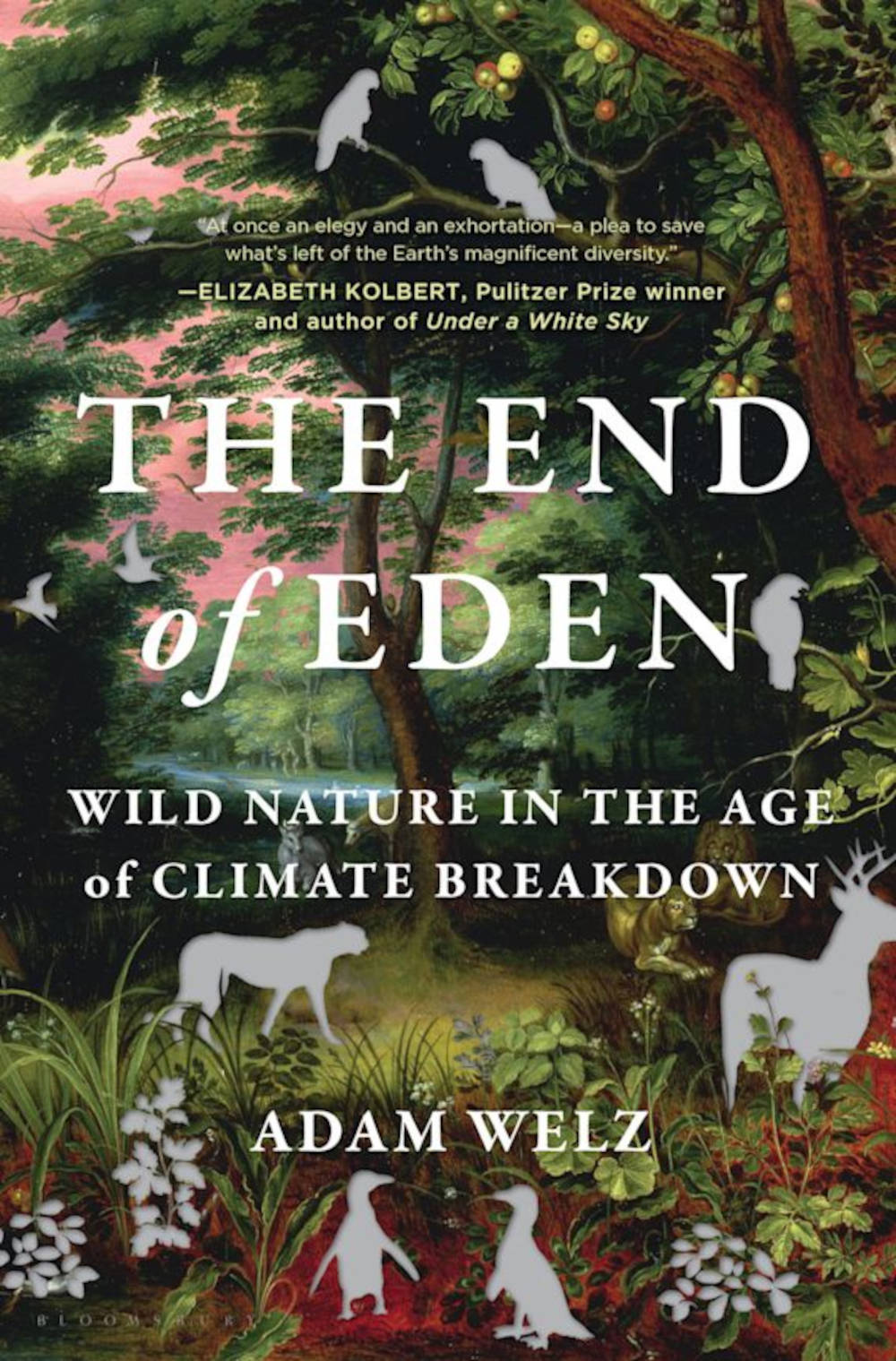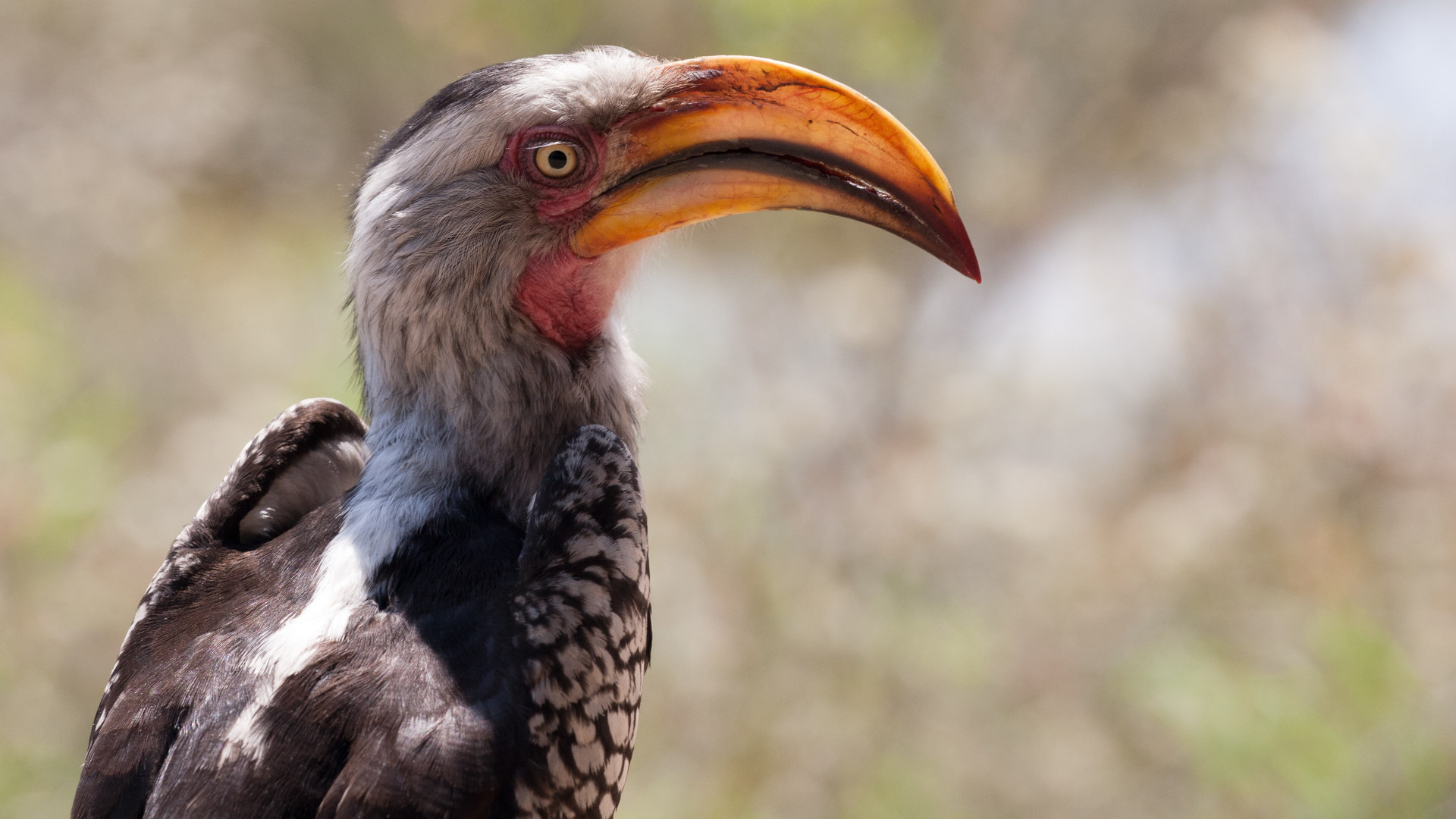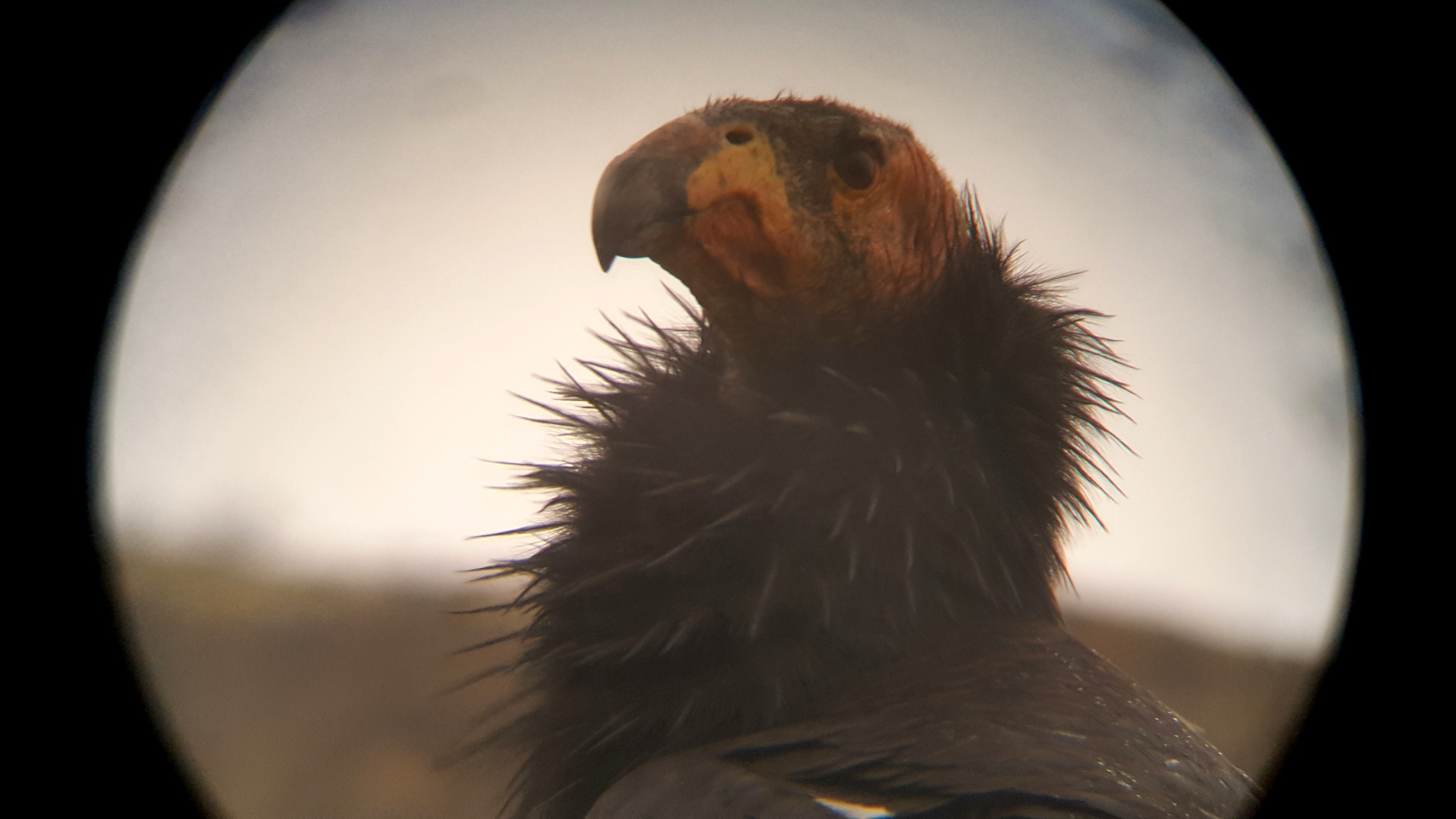There is a moment in Verdi’s Requiem when the hushed, somber tones that end the first movement give way to the lacerating chaos of the second. The Verdi scholar Julian Budden once described this second movement, the Dies Irae (literally, “day of wrath”), as “an unearthly storm,” with its “tutti thunderclaps” and swirling scales. It is meant to awaken listeners from their easy complacency, to remind them that what they should fear is not only death but something much larger and scarier, a looming judgment day that, as the chorus sings, in Latin, “will dissolve the world in ashes.”
Adam Welz’s book, “The End of Eden: Wild Nature in the Age of Climate Breakdown,” delivers a similarly powerful warning, although far more quietly. An accretion of detail, a telling of story after story — the slow death of a tick-infested moose in Maine; the bleak fate of sunflower sea stars in the waters along the North America’s West Coast; the killing of hemlock trees by the juice-sucking hemlock wooly adelgid — at some point becomes a narrative of horror and unbearable sadness, as the enormity of what is happening sinks in for the reader. It’s not just the loss of a bird here, a tree there, but the devastation of all life on the planet.

BOOK REVIEW — “The End of Eden: Wild Nature in the Age of Climate Breakdown,” by Adam Welz (Bloomsbury Publishing, 288 pages).
The apocalypse that Welz is writing about, of course, is of human making. It’s the result of what he refers to as climate breakdown— a term he prefers to use over climate change, which, he points out, carries an implication of reversibility.
As a subject, it is hardly virgin territory. Dozens, if not hundreds, of books have already been written about the destructive activities of Earth’s human inhabitants — the pouring of billions of tons of greenhouse gasses into the atmosphere every year, and the decimation of untold acres of wilderness through urbanization, industrial farming, deforestation and other exploitive practices. Most focus on the effects of climate change that are dramatic enough to drive media coverage and that directly affect people’s lives: extreme weather events like hurricanes and floods, megadroughts, wildfires that rage out of control.
Welz’s aim is different. Climate impacts writ large are “wreaking havoc on nature,” he writes in the introduction. “But species and ecosystems are also being eroded and rearranged more subtly as local microclimates shift and change, forcing smaller, less-noticed life forms to evolve, move away, or wither into extinction.”
“These intimate ecological breakups and breakdowns,” he continues, “are of no less consequence than the so-called natural disasters that generate dramatic headlines, and they’re happening all around us.”
Weaving these subtle and intimate changes into a riveting read might seem a tough challenge. Where are the flooded houses? The derailed lives of wildfire victims? At the very least, where are the polar bears? And in fact, there are stretches in the book that are densely technical: a lengthy explanation of energy exchange in the first chapter, for example.
But Welz, an environmental writer, nature conservation consultant, and filmmaker, is a deft writer and a gifted natural historian. The depth of his scientific knowledge — he is equally at home writing about the light receptors in the cheetah’s retina, the hydrocarbons that are an essential component of plant cell walls, or the role of the enzyme aromatase in the reproductive cycle of the green turtle — enables him to slowly compound individual catastrophes into a massive tragic whole.
“These intimate ecological breakups and breakdowns are of no less consequence than the so-called natural disasters that generate dramatic headlines, and they’re happening all around us.”
He does this by telling the stories not of single endangered species but of specific ecosystems — their history, the cascading changes in habitat, wildlife, and temperature that have shaped and damaged them, and the factors that have come to threaten the survival of the plants and animals that support them.
The book’s chapters leap from biome to biome, from Namibia and Australia to the Alaskan Arctic and the pine barrens of New Jersey — places where climate change and the loss or destruction of habitat are tilting the balance of nature.
There are detours: a discussion of combustion, or photosynthesis, or the “many remarkable attributes” of water, for example, or a brief recounting of the life of Joseph Grinnell, who at the beginning of the 20th century began a survey of the birds and small mammals of California and was involved in the founding of the Museum of Vertebrate Zoology at the University of California, Berkeley. These departures from narrative are not wasted space. They offer scientific explanation or historical context that helps readers understand, with precision, why the disappearance of species, the increase in wildfires and hurricanes, and other human-driven changes, are so important.
And then there are the narratives themselves, some of them wrenching. For instance, the fate of the Kalahari Desert’s yellow-billed hornbills, “birds with black-and-white bodies the size of small chickens, strong legs, foot-long tails, and dramatic, thick, four-inch-long bright-yellow bills that curve slightly downward,” as Welz describes them.
Support Undark Magazine
Undark is a non-profit, editorially independent magazine covering the complicated and often fractious intersection of science and society. If you would like to help support our journalism, please consider making a donation. All proceeds go directly to Undark’s editorial fund.
Male and female hornbirds bond in a two-week-long courtship ritual. Afterward, the female enters a hollow in a trunk of a large camelthorn tree, and together, the pair cements her in, building a wall from their feces. The birds leave a small slit in the wall so that the male can bring his mate food while she guards their eggs.
But flying to find food is a tiring and time-consuming business, and the male hornbill must be careful to regulate his internal body temperature. Too high or too low, and he will die. Average daily temperatures in the Kalahari are rising, forcing him to spend more time resting in the shade and panting, and less time foraging. That, it turns out, has drastic results.
Scientists who erected nestboxes for the hornbills to study their breeding success found that from 2008 to 2019, the success of occupied nestboxes declined from 58 percent to 17 percent, and the average number of offspring per breeding attempt dropped from 1.1 to 0.4. Males do not have enough time to gather food for their mates, and when the eggs hatch, and the female is able to break out and assist, even the pair working together cannot provide enough food for the fledglings’ survival.
Climate models predict that by 2027, the maximum daytime temperatures in that part of the Kalahari will exceed 96.3 degrees Fahrenheit (35.7 degrees Celsius) every day during the hornbills’ breeding season. When that happens, Welz tells us, the birds will no longer be able to reproduce in that region and the species will disappear.
“The impact of the slightly higher average daytime air temperatures now being experienced in many arid areas is not dramatic and immediately noticeable,” he writes. “Birds don’t fall out of the sky en masse. They just fail to reproduce and quietly fade away.”
Welz recounts the hornbills’ plight in great detail and with digressions that increase its pathos and help readers understand exactly what is happening and why. He does the same with a young Maine moose — starving and shivering, her skin turning white, her body covered with tens of thousands of winter ticks, their ranks swollen exponentially by the delayed onset of winters, sucking her blood — and with the blighted sea stars. And he does it in the clear prose that informs most of the book’s chapters. Reading these stories, one after another, is nothing except devastating.
Welz is unequivocal about the magnitude of what already has been lost. He writes: “Species that have survived for millions of years are suddenly being forced beyond their limits. Ecosystems are being scrambled. Large Earth systems are being pushed toward any number of tipping points, which can trigger cascades of further, runaway transformations that will irrevocably disrupt and diminish the entire biosphere.”
Still he recognizes that there are opportunities to stem the damage. But “we must act quickly and decisively to seize them,” he cautions.
Reading these stories, one after another, is nothing except devastating.
“The End of Eden” is not flawless. The introduction, which begins with a description of a generic park in New York City (Central Park? Prospect Park? Actually, a conglomeration of the city’s parks, Welz tells us in a note at the end of the book) is perhaps its weakest part.
The conclusion, which begins as a thoughtful personal reflection, including his love of nature as a child in South Africa, devolves into a lengthy dissertation on human history, climate science, and the urgent need for climate action. It is, as writing primers like to put it, “telling, not showing,” and ultimately less effective because of it.
But overall, Welz has achieved something powerful and disturbing. It is, in its way, a requiem and a plea for mercy, made on behalf of the planet, before a day of reckoning that “will dissolve the world in ashes.”
Erica Goode, a science journalist, is a former reporter and editor at The New York Times and former managing editor of Inside Climate News.












Ok